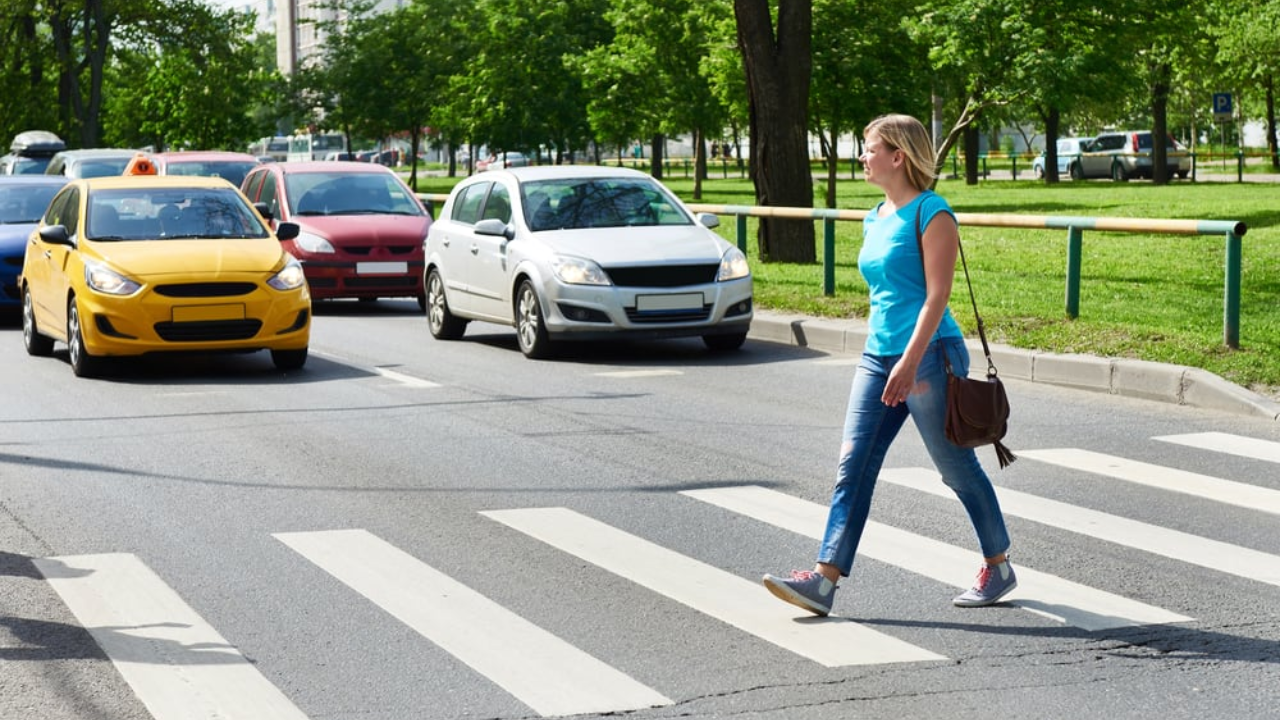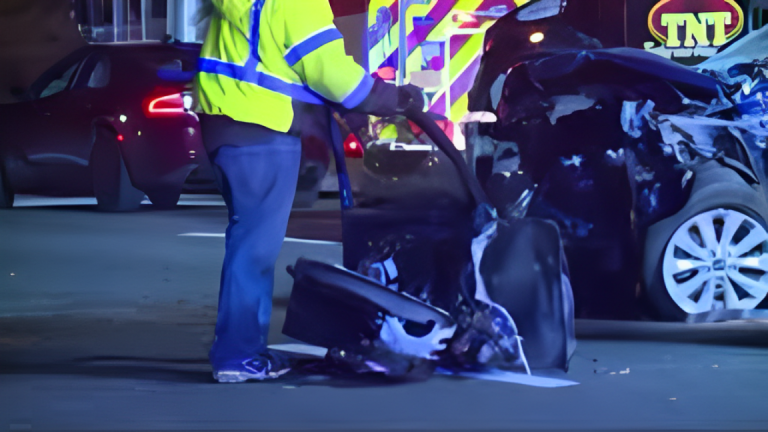Navigating the intricacies of right-of-way laws is essential for drivers, pedestrians, and property owners in North Dakota.
These laws dictate how individuals should interact in various traffic scenarios and outline the procedures for property acquisition for public use.
This article delves into the key aspects of North Dakota’s right-of-way regulations, providing a comprehensive overview for residents and stakeholders.
Understanding Right of Way in Traffic Situations
In North Dakota, right-of-way rules are designed to promote safety and ensure the smooth flow of traffic. Here are some fundamental guidelines:
- Uncontrolled Intersections: At intersections without traffic signals or signs, drivers must yield to vehicles approaching from the right. This rule helps prevent confusion and potential collisions.
- “T” Intersections: Vehicles on the terminating road (the road that ends) must yield to those on the continuing road. This ensures that traffic on the main road is not impeded.
- Four-Way Stops: The first vehicle to come to a complete stop at the intersection has the right of way. If multiple vehicles arrive simultaneously, the vehicle on the right proceeds first.
- Pedestrian Crosswalks: Drivers are required to yield to pedestrians crossing at both marked and unmarked crosswalks. This is mandated under North Dakota Century Code 39-10-28, which states that drivers must slow down or stop to yield to pedestrians within crosswalks when traffic-control signals are not in place or operational.
Adherence to these rules is crucial for preventing accidents and ensuring the safety of all road users.
Right of Way in Property and Land Use
Beyond traffic scenarios, the concept of right of way extends to property and land use, particularly concerning public infrastructure projects.
The North Dakota Department of Transportation (NDDOT) manages the acquisition and management of real properties or interests therein for state highway purposes. This includes:
- Acquisition of Land: The NDDOT is responsible for appraising, negotiating, and securing necessary lands or interests for right of way and other departmental operations. This process is conducted by state and federal laws and regulations.
- Relocation Assistance: When property acquisition displaces individuals or businesses, the NDDOT administers a Relocation Assistance Program to aid affected parties. This program ensures that those displaced receive proper support during the transition.
- Right of Way Manual: The NDDOT provides a comprehensive Right of Way Manual that outlines procedures and guidelines for right of way activities. This manual serves as a valuable resource for staff and the public to understand the processes involved.
Legal Framework Governing Right of Way
The legal foundation for right of way in North Dakota is established through various statutes:
- Easements and Servitudes: North Dakota Century Code Title 47, Chapter 05 defines easements and servitudes, including the right of way. It specifies the types of land burdens that can be attached to other lands as incidents or appurtenances.
- Highway Definitions and Terms: Title 24, Chapter 07 outlines the procedures for opening, vacating, or changing highways outside city limits, including the acquisition of right of way when necessary. It designates the responsible authorities based on the location and jurisdiction of the road.
- Traffic Regulations: Title 39, Chapter 10 mandates obedience to traffic laws, including right-of-way rules at intersections and pedestrian crossings. Violations of these laws can result in penalties, emphasizing the importance of compliance.
Read More:
- Everything You Need to Know About Right of Way Rules in San Diego
- Essential Right of Way Rules Every San Antonio Driver Must Know
Recent Developments and Considerations
It’s important to note that right-of-way laws can evolve with new legislation and infrastructure projects.
For instance, recent approvals for carbon dioxide pipelines in North Dakota have brought attention to right-of-way acquisitions and the balance between development and landowner rights.
Conclusion
Understanding North Dakota’s right-of-way laws is essential for safe driving, responsible land use, and informed citizenship.
Whether you’re navigating traffic intersections or involved in property transactions, being aware of these regulations ensures compliance and promotes community well-being.
For more detailed information, refer to the North Dakota Department of Transportation’s resources and the North Dakota Century Code.
Disclaimer- Our team has thoroughly fact-checked this article to ensure its accuracy and maintain its credibility. We are committed to providing honest and reliable content for our readers.






















+ There are no comments
Add yours